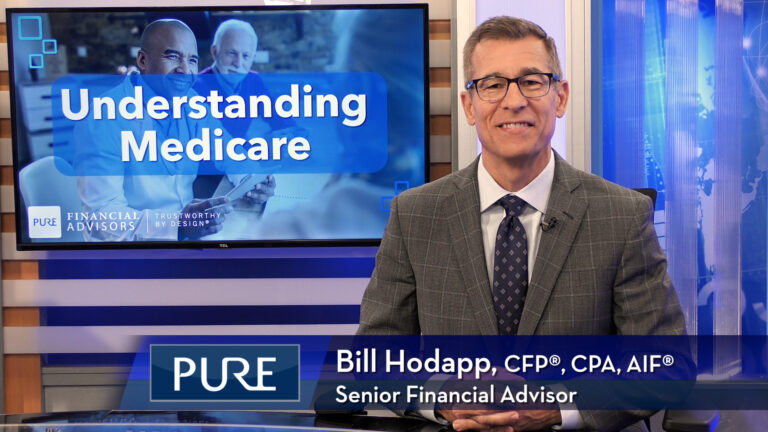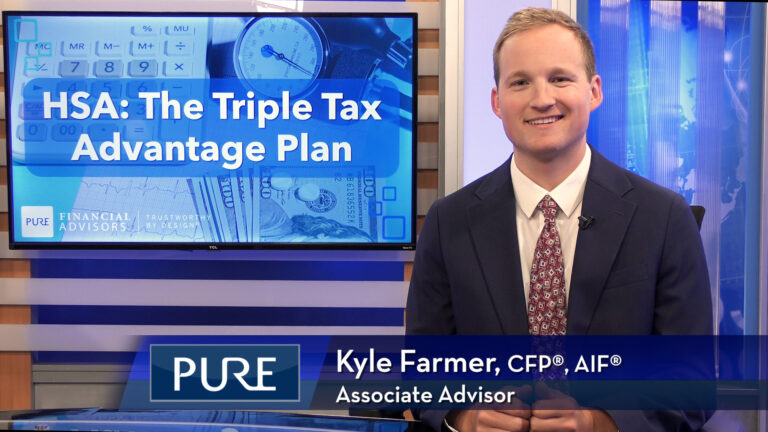Before you make any investment decision, consider this concept: expected value. Matt Balderston, CFP® explains how to make better investment decisions using expected value to achieve better results in the long run.
Transcription:
“The topic I want to talk about today is expected value and how it applies to investing.
Now, the definition of expected value is the average results of an activity if it’s done an unlimited number of times.
Then, if you have a number of activities that you want to choose between, you choose the one with the highest expected value.
And if you do that throughout our life in whatever endeavor your pursuing, you’ll end up better off.
Now it sounds logical, but it’s not as straightforward as that. So let me use an example.
If I were to flip a coin and give you a $100 if it came up heads and $0 if it came up tails, the expected value of that coin flip would be $50 because if you did it an unlimited number of times half the time it would be $0, half the time it would be $100, and so the average is 50.
Now, if your alternative was, I was just going to give you $40, a lot of people would just take the $40 because it’s cash in hand.
But if you are using the expected value concept, you want to take the coin flip because the expected value is higher than the $40.
And if throughout your whole lifetime you’re always making decisions that way, you’ll have some that don’t turn out because you can get the $0, but if you do it often enough it will work out where you will have – likely – better results over time.
The way that applies to investing. There is a good example recently, as a matter of fact.
Small company stocks have underperformed large company stocks for the last five years or so.
But if you take 15-year rolling averages from 1927 to 2014, small-cap beats large 82% of the time. So from an expected value standpoint, you want the small-cap.
But a lot of people these days are shifting to large because recently it’s just done better. Now, keep in mind that this has to do with an overall asset allocation model.
I’m not telling you to put all your money into small cap, but when you are making adjustments, don’t do it just because of recent results. It doesn’t make a lot of sense logically.
Hopefully, that’s a tool to keep yourself more disciplined when you make your own investment decisions.
If you have other questions, you can go to purefinancial.com.”











